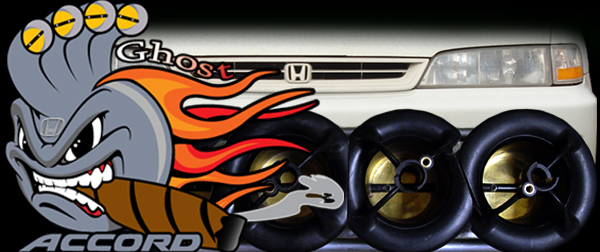I took my 92 EX on the highway for the first time today and it drove great, plenty of power, smooth to 80 mph. After I came to a stop I removed the oil filler cap. A far amount of smoke is coming out of the oil filler hole.
How much is "OK"? There's no indication of a blown head gasket (no milky stuff on the oil cap, oil on the dipstick looks fine). The motor has an unknown amount of miles on it. PCV valve has already been replaced. Compression test showed cylinders 2, 3, and 4 within a few psi of each other, cyl 1 was down just a bit (about 20 psi less).
This was the first time the motor got really "hot" since I bought it in November.
Thanks all.
How much is "OK"? There's no indication of a blown head gasket (no milky stuff on the oil cap, oil on the dipstick looks fine). The motor has an unknown amount of miles on it. PCV valve has already been replaced. Compression test showed cylinders 2, 3, and 4 within a few psi of each other, cyl 1 was down just a bit (about 20 psi less).
This was the first time the motor got really "hot" since I bought it in November.
Thanks all.







Comment